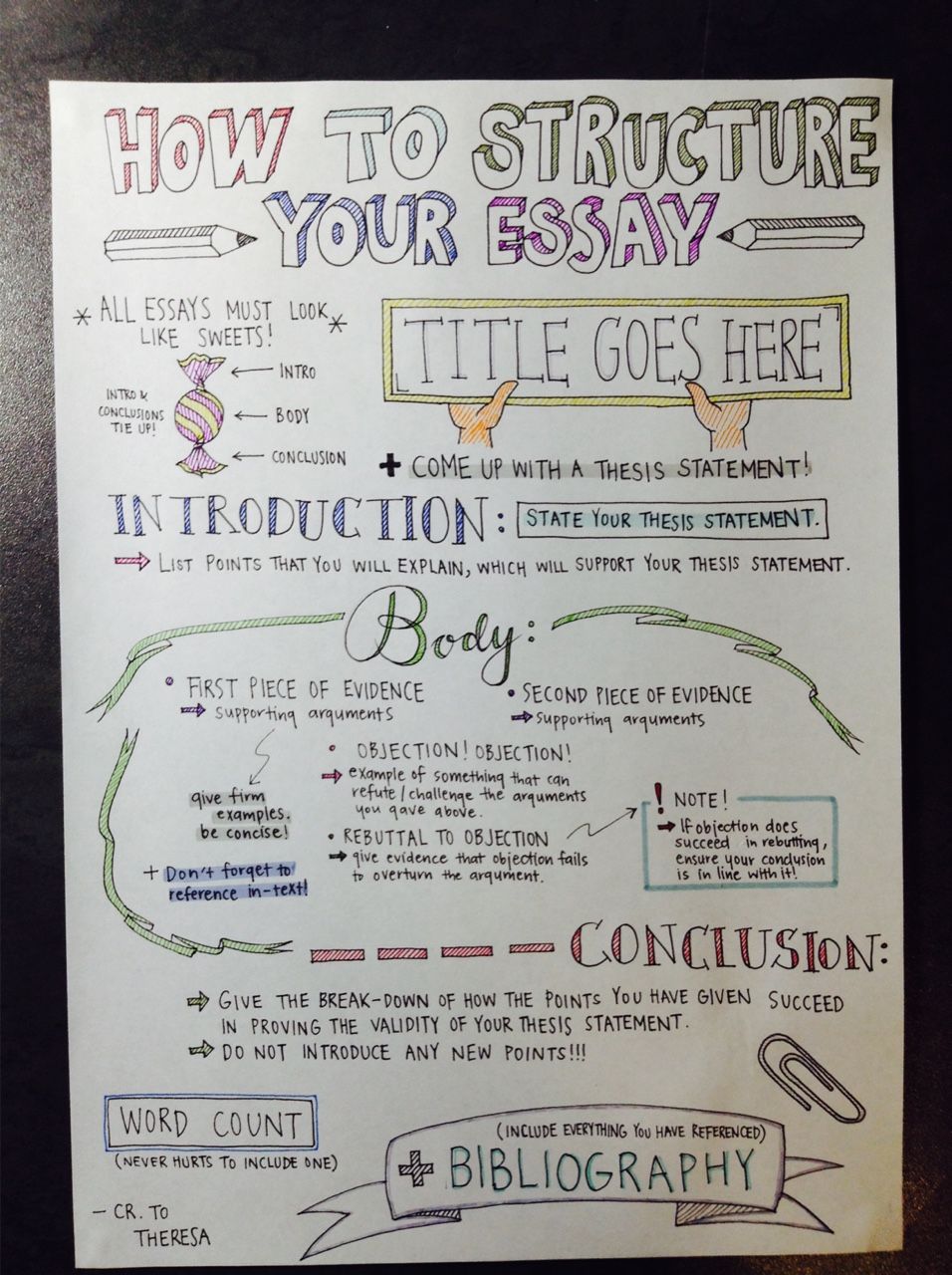
Hammertoe and mallet toe
Hammertoe and mallet toe
Hammertoe and mallet toe are foot deformities that occur due to an imbalance in the muscles, tendons or ligaments that normally hold the toe straight. The type of shoes you wear, foot structure, trauma and certain disease processes can contribute to the development of these deformities.
A hammertoe has an abnormal bend in the middle joint of a toe. Mallet toe affects the joint nearest the toenail. Hammertoe and mallet toe usually occur in your second, third and fourth toes.
Relieving the pain and pressure of hammertoe and mallet toe may involve changing your footwear and wearing shoe inserts. If you have a more severe case of hammertoe or mallet toe, you might need surgery to get relief.
Symptoms
Hammertoe and mallet toe feature an abnormal bend in the joints of one or more of your toes. Moving the affected toe may be difficult or painful. Corns and calluses can result from the toe rubbing against the inside of your shoes.
When to see a doctor
See your doctor if you have persistent foot pain that affects your ability to walk properly.
Causes
Hammertoe and mallet toe have been linked to:
Certain shoes. High-heeled shoes or footwear that’s too tight in the toe box can crowd your toes into a space in which they can’t lie flat. This curled toe position might eventually persist even when you’re barefoot.
Trauma. An injury in which you stub, jam or break a toe can make it more likely for that digit to develop hammertoe or mallet toe.
Abnormal balance of the toe muscles. The imbalance leads to instability, which can cause the toe to contract.
Risk factors
Factors that can increase you risk of hammertoe and mallet toe include:
Age. The risk of hammertoe and mallet toe increases with age.
Sex. Women are much more likely to develop hammertoe or mallet toe than are men.
Toe length. If your second toe is longer than your big toe, it’s at higher risk of hammertoe or mallet toe.
Certain diseases. Arthritis and diabetes might make you more prone to developing foot deformities. Heredity might also play a role.
Complications
At first, a hammertoe or mallet toe might maintain its flexibility. But eventually, the tendons of the toe can contract and tighten, causing your toe to become permanently bent. Your shoes can rub against the raised portion of the toe or toes, causing painful corns or calluses.
Diagnosis
Your doctor can diagnose hammertoe or mallet toe by examining your foot. Your doctor might order X-rays to further evaluate the bones and joints of your feet and toes.
Treatment
If your toe is still flexible, your doctor might recommend that you change to roomier, more comfortable footwear and that you wear shoe inserts (orthotics) or pads. Inserts or pads can reposition your toe and relieve pressure and pain.
In addition, your doctor might suggest exercises — such as picking up marbles or crumpling a towel with your toes — to stretch and strengthen your toe muscles.
If conservative treatments don’t help, your doctor might recommend surgery to release the tendon that’s preventing your toe from lying flat. In some cases, the surgeon also might remove a piece of bone to straighten your toe.
ALSO READ


How To Choose The Ideal Paper Writing Service
Posted On 24 May 2023
When you use a paper writing service, then you are picking a company that's devoted to your needs. They are…
APA Live Chat – The Way I Could Write My Paper?
Posted On 8 May 2023
If you've got a big test coming up and you need to have it done on time, and then you…
How to Write My Paper Cheaply
Posted On 7 May 2023
There are many ways to compose my paper inexpensively. In fact, some approaches can actually save money for the writer.…
Posted On 4 May 2023
Have Fun and Enjoy a Fun Way to Enjoy your time at home by playing free slots at the casino…
How to Write My Essay About Writing Sample Papers
Posted On 23 Apr 2023
Are you worried about how to write my own article? I understand, it's somewhat intimidating when you first begin learning…

College Application Essay Writing Service Voucher Reddit.com
Posted On 12 Apr 2023
This will suggest having a apparent being familiar with of the supply material or the subject and sticking shut to…

Quality Custom Essay Writing Service Reddit.com
Posted On 12 Apr 2023
Many universities present distinctive deals with savings which you could uncover fascinating. This way you will hardly ever free the…
Reddit Custom Essay Writing Service For Cheap
Posted On 12 Apr 2023
The Looming Questions: Will the reserve be a accomplishment or not? How considerably would this maximize your composing money? Now,…
Reddit Essay Writing Service Atlanta Ga
Posted On 11 Apr 2023
Pretty much as vital as firm any time you are producing essays, is concept generation. Nothing at all will kill…
Reddit.com Persuasive Essay Writing Service Online
Posted On 11 Apr 2023
As aspect of the organizing for faculty admissions, a timeline ought to be established in progress. Consequently, your site visitors…